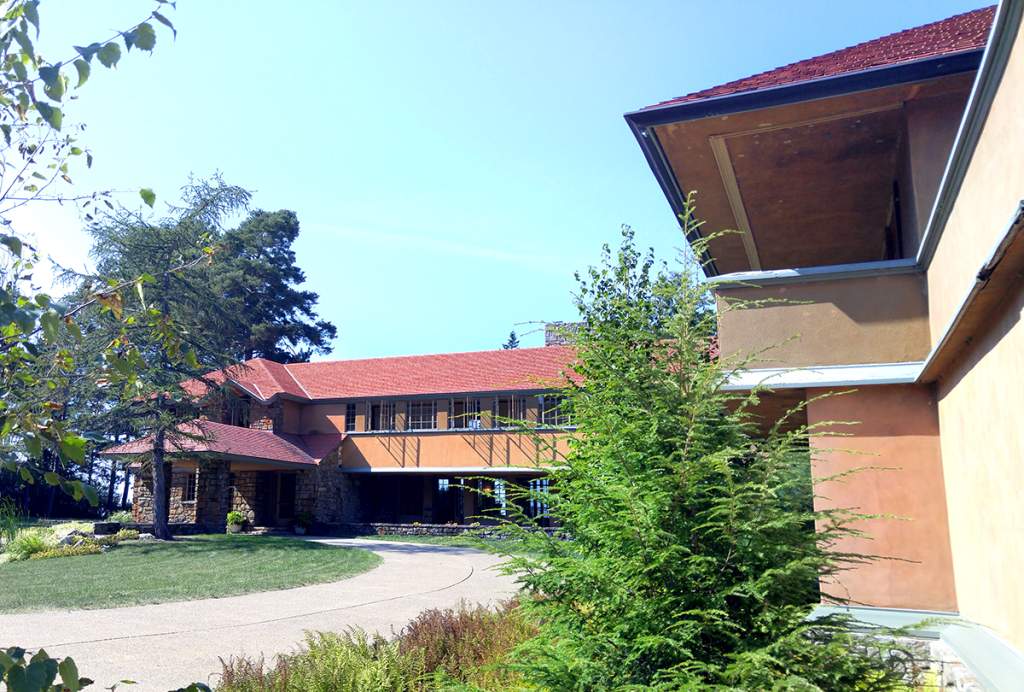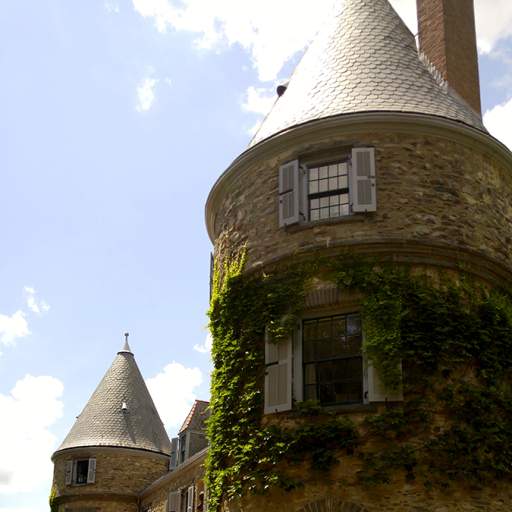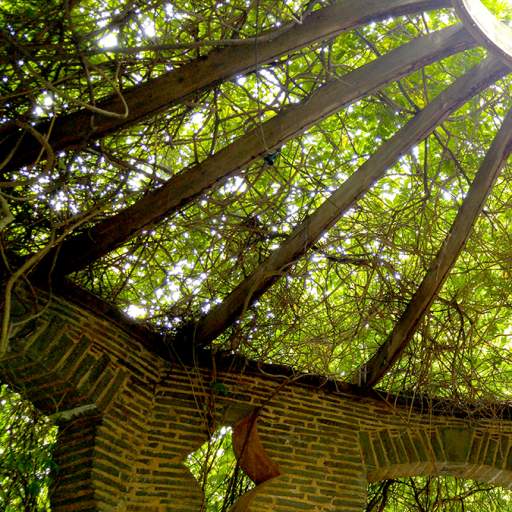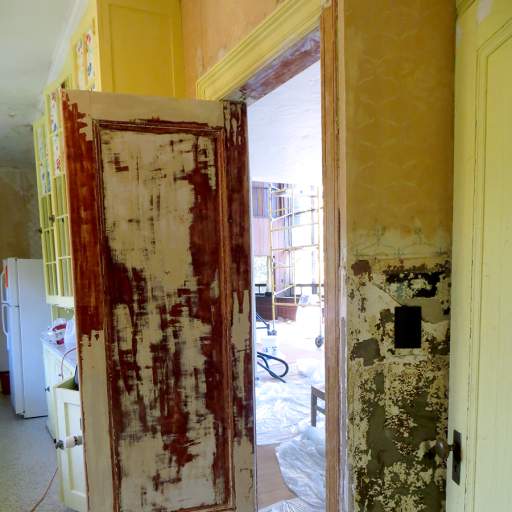Significance of the Ramirez Solar House | Part 1a
March 10, 2016
Musings on the significance of the Ramirez Solar House and other historic properties...
by Marie T. Carone, AIA, LEED AP
I’ve recently had the opportunity to tour several historic homes in New York State and Pennsylvania with family and friends. The tours led me to ponder the draw of historic properties: what is the allure?
Typically, the homes that have been restored or are in the process of being restored are the homes of the elite of the area and are of another era. Some of the sites I’ve recently visited include the homes of: Gifford Pinchot (Grey Towers), Darwin D. Martin (the Darwin D. Martin House and his wife’s favorite, Graycliff), Ogden Mills and Ruth Livingston Mills (Staatsburgh), and the Ramirez Solar House (Delaware Water Gap National Recreation Area, Milford, PA).
There is an element of fantasy that accompanies the tours, a bit of nostalgia and envy for the lives these people lived – the immense wealth, power and influence, and the magnificent belongings can all be imagined and in a way, relived in touring the structures. The imagination is sparked and comes alive by experiencing, however briefly, the physicality of the spaces and the grandeur of these bygone times. In some sense, these structures represent the American Dream itself. The imprints the buildings make upon the memory of the inhabitant can be profound.
Beyond the feelings these places evoked in this writer, they have a deeper significance: they are a clear and substantial physical representation of our history, of our collective story. The architecture houses a bit of the American story. A part of our cultural identity is embodied and conserved here.
The kitchens and their relationship to dining rooms are deeply interesting to me, as are the boiler rooms and mechanical spaces. It’s a look behind the curtain and contrasts the fantasy-like qualities of the families’ living spaces with the real-world action of the house. Along this same vein, while I recognize and celebrate the significance of the more popular historic residences, I prefer the smaller homes that are more off the beaten path and are in the infancy of the process of restoration, such as the Ramirez Solar House. I believe that in the quietude of this type of (more) mundane cultural representation is an unappreciated honesty of whom we once were, and the foundation of who we are now.
Next in Part 1b: an introduction to the Ramirez Solar House and a short discussion on its cultural significance.



